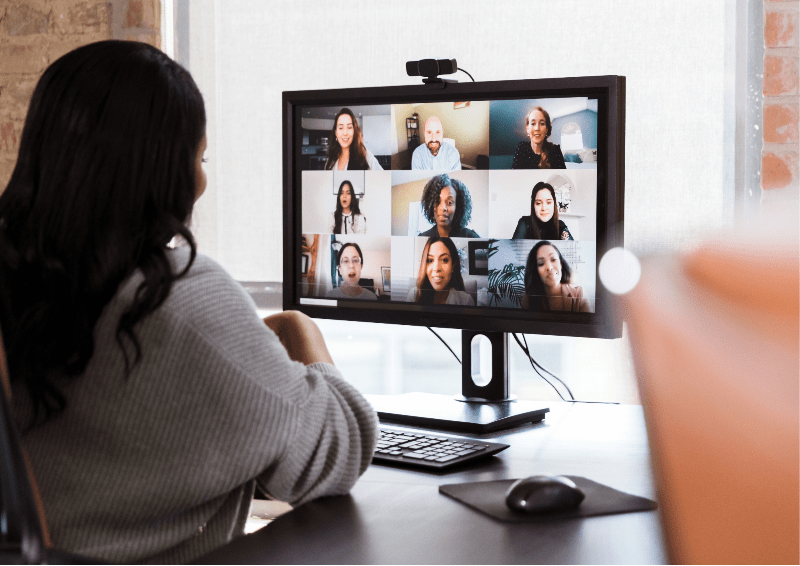| In today’s workplaces where teams are more commonly working remotely, managers need to be at the top of their game. They need to learn to manage their staff in a way they haven’t had to previously. According to various research studies, the majority (97%) of employees do not wish to return full time to the office. Therefore, managers need to ensure their workers are as productive as they were previously, as well as keeping them engaged. Here are a few key tips to consider in this current state of play to keep your team connected and engaged when working remotely: Managers need to regularly check in with their staff. They need to schedule regular face to face via virtual meetings. Companies may need to consider a Working from Home or Remote Working Policy so it is clear of the company’s expectations of these team members. Scheduling regular social events for the staff can help to keep them connected and engaged. This could be an online trivia game or a team lunch on a video call. Checking in with the team regularly to monitor the mental health of their employees is essential. There may be staff living alone, feeling isolated if they no longer have an office to go to every day. Parents home with children who don’t have the escape and regular contact with other adults like they did previously may become lonely or depressed as a result of the isolation. Managers need to be monitoring their team’s wellbeing. Interestingly, the study found that productivity has increased when working from home by 13%. Despite this, there are workers that do want to return to the office for at least part of the work week. Many of these are the 18-30 year demographic who may require more mentoring and leadership by being in an office. Also, managers have noticed that remote workers are less likely to take sick days or resign due to the increased flexibility. It appears a hybrid model is the most popular and effective model that is emerging now, allowing workers to have set office days and set home days. This hybrid model allows for the potential right balance to be struck for the individual team member and their team. It allows for set days to have face to face interaction for necessary team meetings and project updates. The remote days then allow the team member to manage their workloads as per project deliverables. In the early 2000s, long before the days of Skype and Zoom, I was asked by my manager to research what was known at the time about remote working. We needed to come up with a checklist for our staff that wished to work from home to ensure they were working safely. The checklist we implemented at the time does not differ too much from what we are still using today. It highlights the need to ensure that team members have a comfortable and safe working environment (particularly, ergonomic desks and chairs, work equipment, lighting and emergency contacts). Despite all this, the role of the leader and the team manager still requires them to have regular check-ins and meetings to keep all team members on track. Wishing you success as we navigate this new post Covid working world. |
| Nick Hedges is the founder of Resolve HR, a Sydney-based HR consultancy specialising in providing workplace advice to managers and business owners. He recently published his first book, “Is Your Team Failing or Kicking Goals – Take control of your people and their performance”. It is a practical response to the most pressing HR challenges which can be found at www.resolvehr.com.au Note: data in this article is from: Taking the Pulse of the Nation (University of Melbourne) Applied economic and Social research. 2020 Publication – NSW Innovation & Productivity Council, November 2020 BCG Personalization for your people, June 2020 Disclaimer: The contents do not constitute legal advice, are not intended to be a substitute for legal advice and should not be relied upon as such. |

